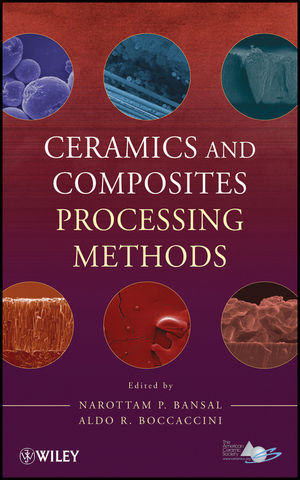

Most ebook files are in PDF format, so you can easily read them using various software such as Foxit Reader or directly on the Google Chrome browser.
Some ebook files are released by publishers in other formats such as .awz, .mobi, .epub, .fb2, etc. You may need to install specific software to read these formats on mobile/PC, such as Calibre.
Please read the tutorial at this link: https://ebookbell.com/faq
We offer FREE conversion to the popular formats you request; however, this may take some time. Therefore, right after payment, please email us, and we will try to provide the service as quickly as possible.
For some exceptional file formats or broken links (if any), please refrain from opening any disputes. Instead, email us first, and we will try to assist within a maximum of 6 hours.
EbookBell Team

4.0
56 reviewsExamines the latest processing and fabrication methods
There is increasing interest in the application of advanced ceramic materials in diverse areas such as transportation, energy, environmental protection and remediation, communications, health, and aerospace. This book guides readers through a broad selection of key processing techniques for ceramics and their composites, enabling them to manufacture ceramic products and components with the properties needed for various industrial applications. With chapters contributed by internationally recognized experts in the field of ceramics, the book includes traditional fabrication routes as well as new and emerging approaches in order to meet the increasing demand for more reliable ceramic materials.
Ceramics and Composites Processing Methods is divided into three sections:
Densification, covering the fundamentals and practice of sintering, pulsed electric current sintering, and viscous phase silicate processing
Chemical Methods, examining colloidal methods, sol-gel, gel casting, polymer processing, chemical vapor deposition, chemical vapor infiltration, reactive melt infiltration, and combustion synthesis
Physical Methods, including directional solidification, solid free-form fabrication, microwave processing, electrophoretic deposition, and plasma spraying
Each chapter focuses on a particular processing method or approach. Collectively, these chapters offer readers comprehensive, state-of-the-science information on the many approaches, techniques, and methods for the processing and fabrication of advanced ceramics and ceramic composites.
With its coverage of the latest processing methods, Ceramics and Composites Processing Methods is recommended for researchers and students in ceramics, materials science, structural materials, biomedical engineering, and nanotechnology.
Content: